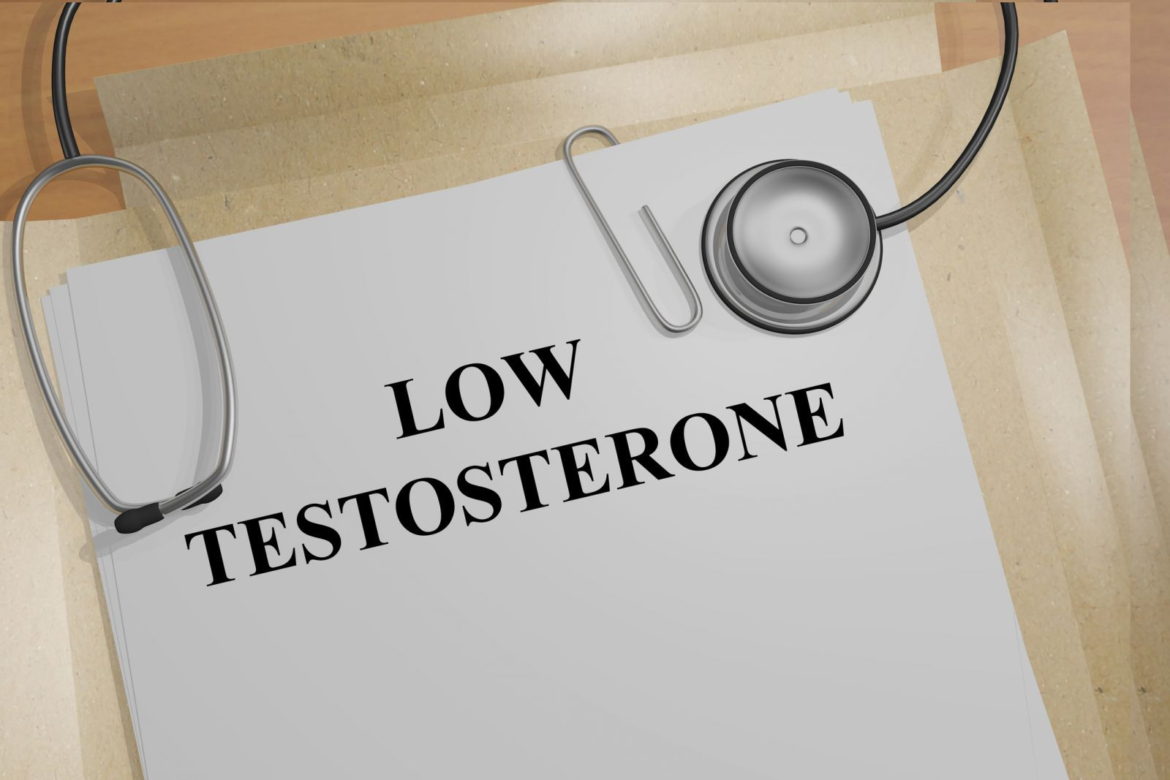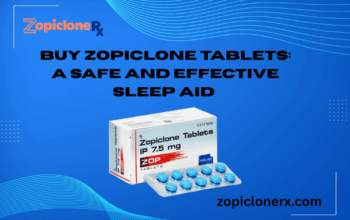Low testosterone, or hypogonadism, is a condition that affects many men as they age. Characterized by a significant drop in the levels of testosterone, a vital hormone responsible for maintaining muscle mass, bone density, and overall vitality, this condition can impact various aspects of life. This guide offers a comprehensive overview of low testosterone treatment, helping individuals make informed decisions to revitalize their lives.
Understanding Low Testosterone
Low testosterone is more than just a medical diagnosis; it is a condition with a wide array of symptoms and potential impacts on quality of life. Men experiencing low testosterone may face issues such as decreased libido, erectile dysfunction, fatigue, muscle loss, and mood changes. The causes of low testosterone can be varied, ranging from aging and genetics to underlying health conditions like diabetes or obesity.
Diagnosis and Testing
Accurate diagnosis is crucial for effective Low Testosterone Treatment. Healthcare providers typically start with a thorough evaluation, including a detailed medical history and physical examination. Blood tests are used to measure testosterone levels, usually requiring multiple tests to confirm a diagnosis. It is important to conduct these tests in the morning when testosterone levels are at their peak.
Treatment Options
There are several treatment options available for managing low testosterone, each with its own benefits and considerations.
1. Testosterone Replacement Therapy (TRT)
Testosterone Replacement Therapy (TRT) is the most common treatment for low testosterone. It involves administering testosterone through various methods, including:
- Injections: Testosterone can be injected into the bloodstream at regular intervals. This method is effective but may require frequent visits to a healthcare provider.
- Topical Gels and Patches: These are applied directly to the skin, allowing testosterone to be absorbed into the bloodstream. Gels and patches offer a convenient, non-invasive option.
- Implants: Small pellets of testosterone are inserted under the skin, providing a slow and steady release of the hormone over several months.
Each method has its own set of advantages and potential side effects, which should be discussed with a healthcare provider to determine the best approach.
2. Lifestyle Modifications
In addition to pharmaceutical treatments, lifestyle modifications can play a significant role in managing low testosterone. Regular exercise, a balanced diet, adequate sleep, and stress management can help improve testosterone levels and overall well-being. Weight loss, in particular, has been shown to have a positive effect on testosterone levels in men who are overweight or obese.
3. Medications and Supplements
Certain medications and supplements may support testosterone levels. For instance, medications that treat underlying conditions such as thyroid disorders or diabetes can help alleviate symptoms associated with low testosterone. Supplements such as vitamin D and zinc, while not substitutes for TRT, may contribute to overall hormonal balance.
Monitoring and Adjustments
Effective low testosterone treatment requires ongoing monitoring and adjustments. Regular follow-up appointments with a healthcare provider are essential to assess the effectiveness of the treatment, manage any side effects, and make necessary adjustments. Blood tests will be repeated to ensure testosterone levels are within the desired range and to monitor for potential complications.
Risks and Considerations
While low testosterone treatment can be life-changing, it is not without risks. Potential side effects of TRT include increased risk of cardiovascular issues, liver problems, and changes in mood. It is crucial for individuals to work closely with their healthcare provider to weigh the benefits and risks and to address any concerns promptly.
Conclusion
Revitalizing your life with low testosterone treatment involves a comprehensive approach, combining medical intervention with lifestyle changes. By understanding the condition, exploring treatment options, and maintaining open communication with healthcare providers, individuals can effectively manage low testosterone and improve their quality of life. Whether through TRT, lifestyle adjustments, or a combination of both, the goal is to restore vitality and achieve optimal health.
If you suspect you have low testosterone or are experiencing symptoms, consult a healthcare professional for a personalized assessment and treatment plan. Taking proactive steps can lead to significant improvements in health and well-being, ultimately helping you reclaim a vibrant, fulfilling life.




